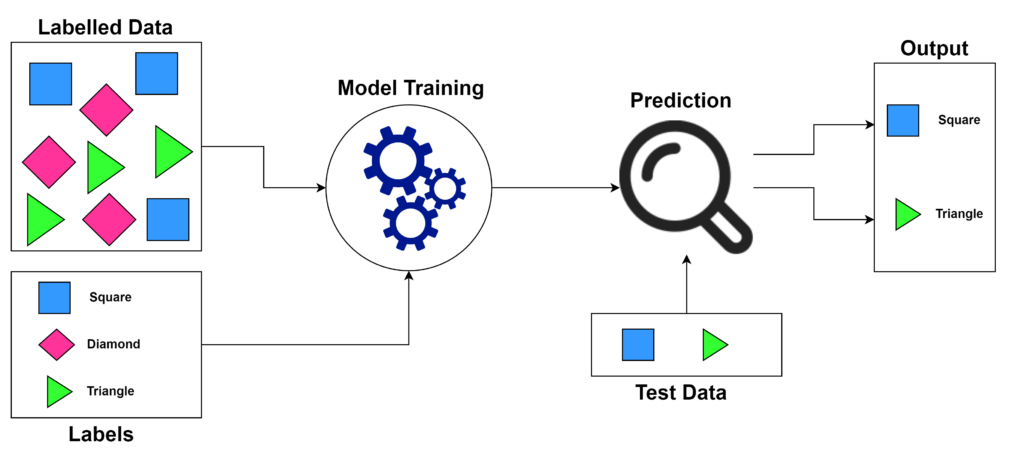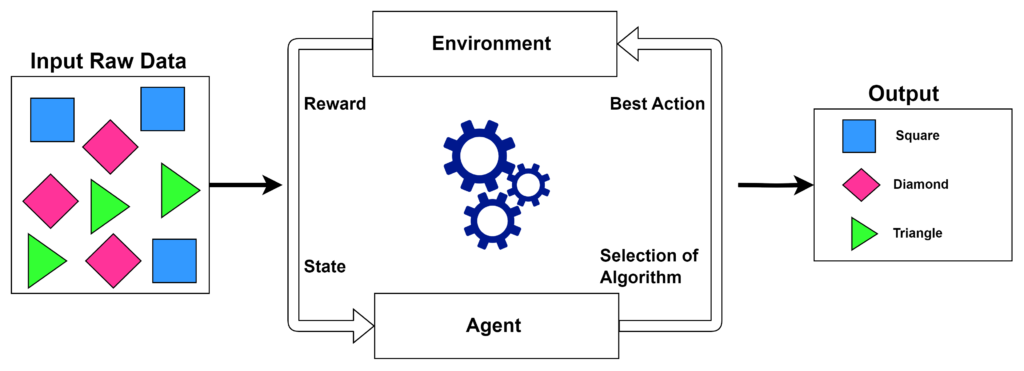
Image by Gerd Altmann from Pixabay
Imagine teaching a computer to recognize your favorite dog breeds just by showing it thousands of pictures. That’s essentially what machine learning (ML) does—enabling computers to learn from data and improve over time without being explicitly programmed.
Machine learning is a subset of artificial intelligence that focuses on building systems that learn from data. Unlike traditional programming, where you write explicit instructions, in machine learning, you provide algorithms with data and let them learn patterns and make predictions on their own. This approach can adapt and improve as more data becomes available.

One of the most notable examples of machine learning in action is recommendation systems. Whether you’re getting movie suggestions on Netflix or product recommendations on Amazon, these systems use machine learning algorithms to analyze your past behavior and predict what you might like in the future.
Machine learning can be broadly categorized into three types: supervised learning, unsupervised learning, and reinforcement learning.
Supervised Learning involves training a model on labelled data, where the desired output is known (Labels). For example, if you want to build a model to predict house prices, you’d train it on historical data with known prices.

Supervised Learning
Unsupervised Learning is used when you have data without explicit labels. The model tries to identify patterns or groupings within the data, such as clustering customers based on purchasing behavior.

Unsupervised Learning
Reinforcement Learning is inspired by behavioral psychology and involves training models through trial and error, rewarding them for correct actions and penalizing them for mistakes, much like teaching a dog new tricks.

Reinforcement Learning
I know this is difficult to understand, but in the upcoming blogs, we can breakdown all the steps and discuss each one deeply. As of now, just remember the types.
Understanding machine learning is crucial because it forms the foundation for many AI applications you’ll encounter. From improving search engine results to enhancing personalized experiences, ML algorithms are at the core of these innovations.
If you want to know how AI is raised, go to our blog, The Rise of Artificial Intelligence: A Beginner’s
In our next section, we’ll explore deep learning, a more advanced subset of machine learning that powers some of the most exciting developments in AI today. Stay tuned as we dive into the world of neural networks and their impact on technology.
Subscribe to our website to stay updated with our latest blogs and insights. Also Join our community.
“An investment in knowledge always pays the best interest.” – Benjamin Franklin
Happy Learning!




Pingback: Exploring Deep Learning: The Power Behind AI Advances - Open Mind AI
Pingback: Exploring Deep Learning: The Power Behind AI Advances - Open Mind AI